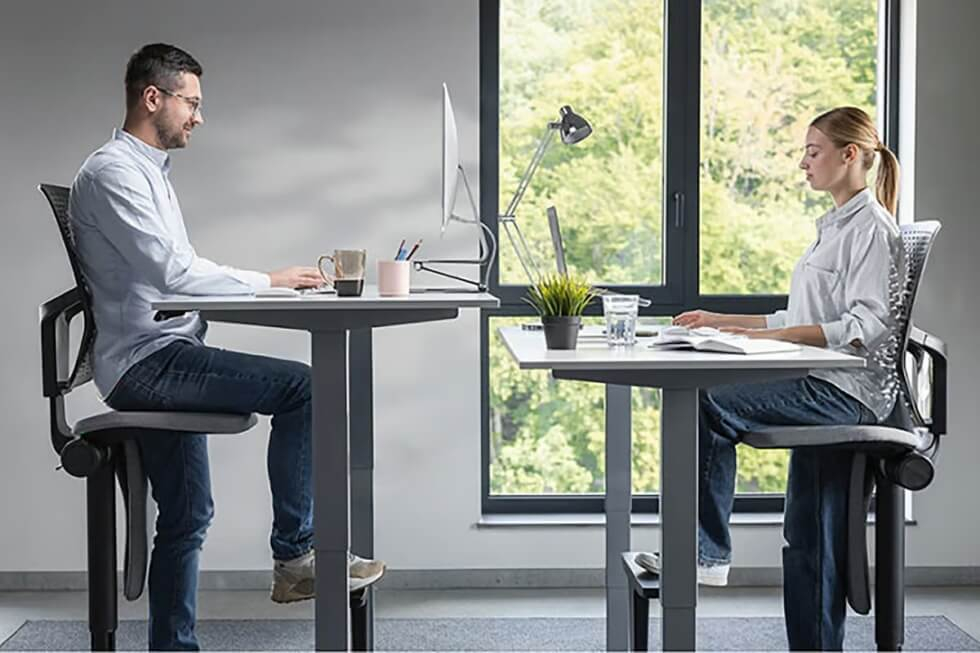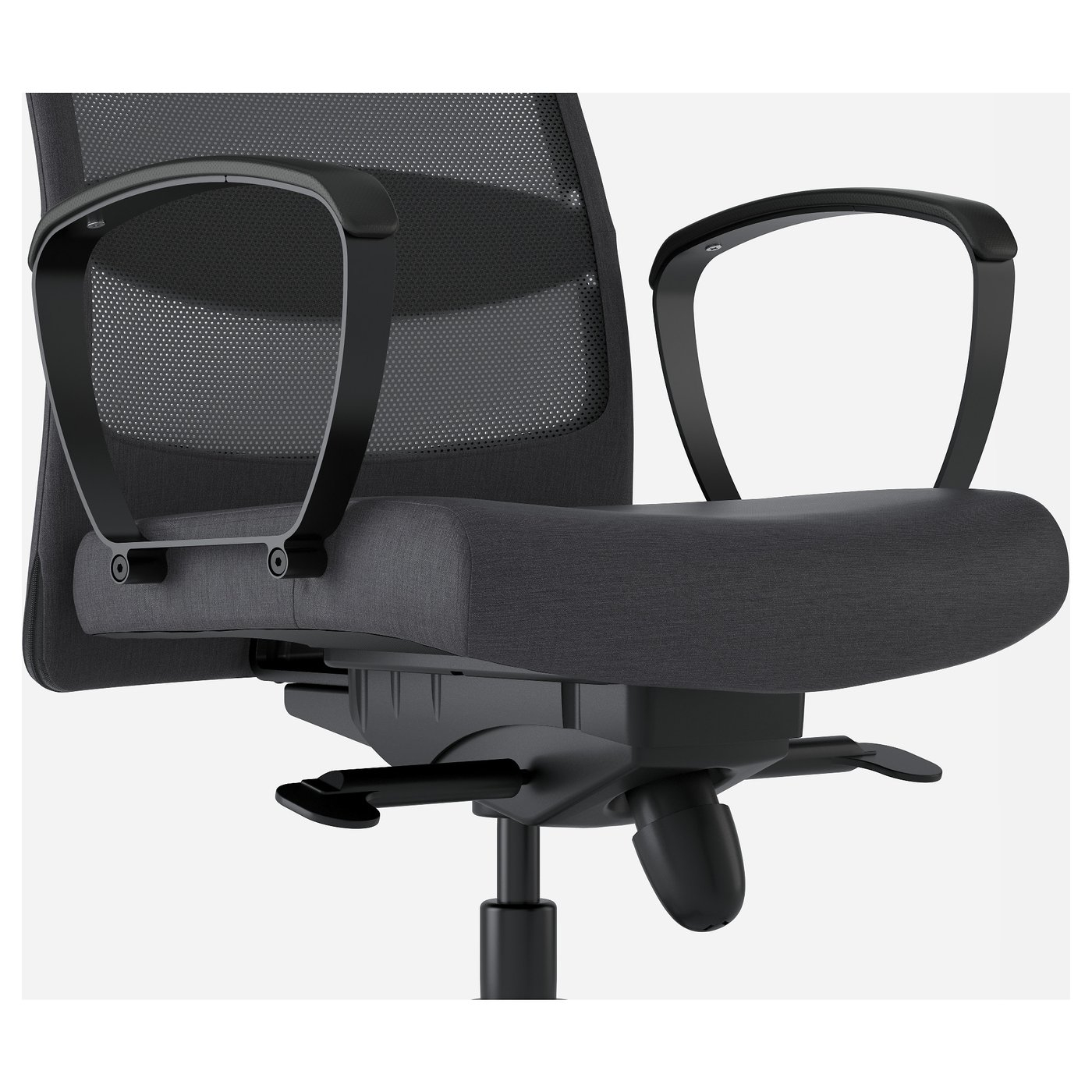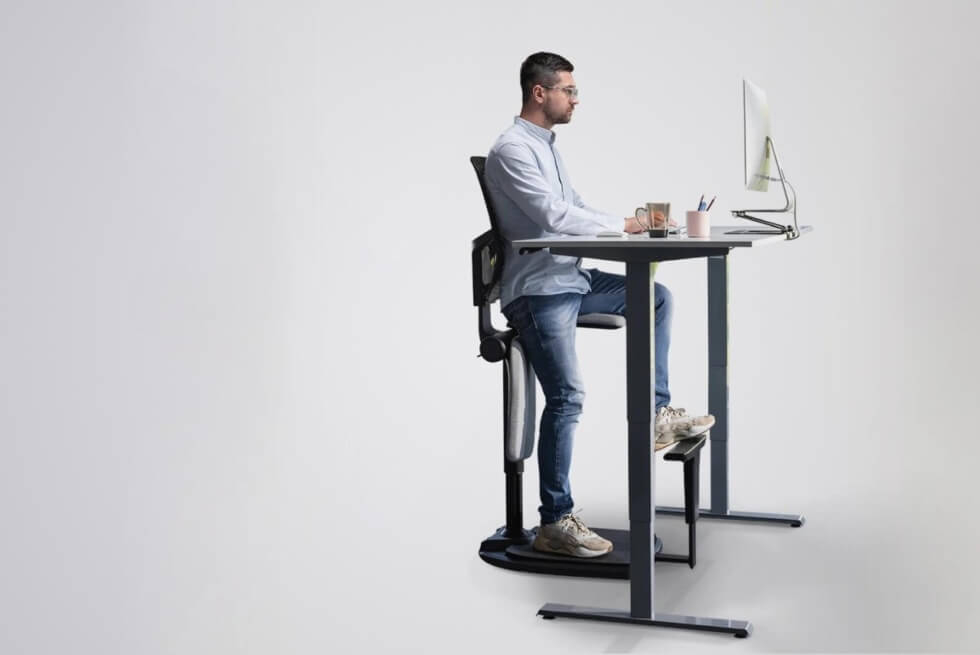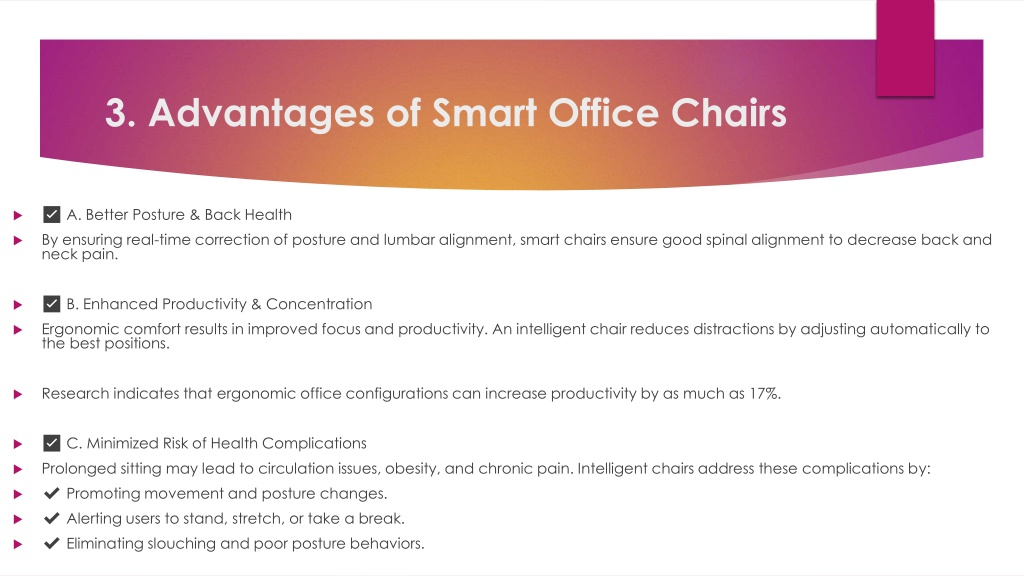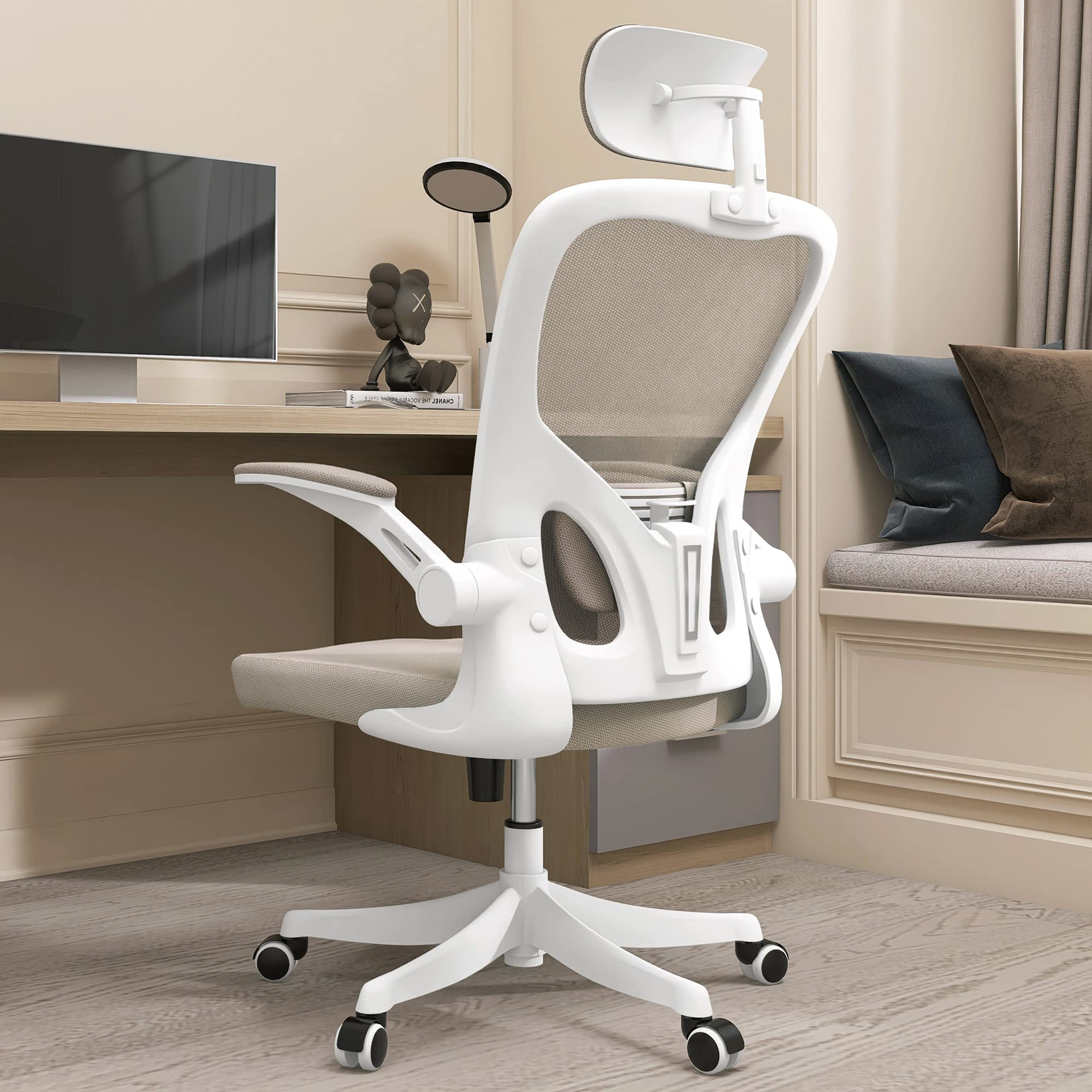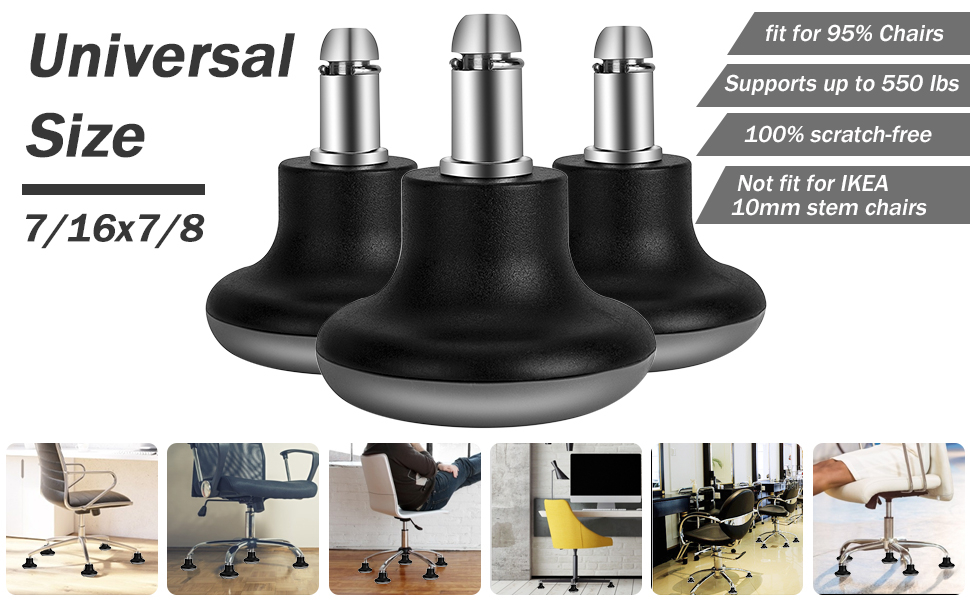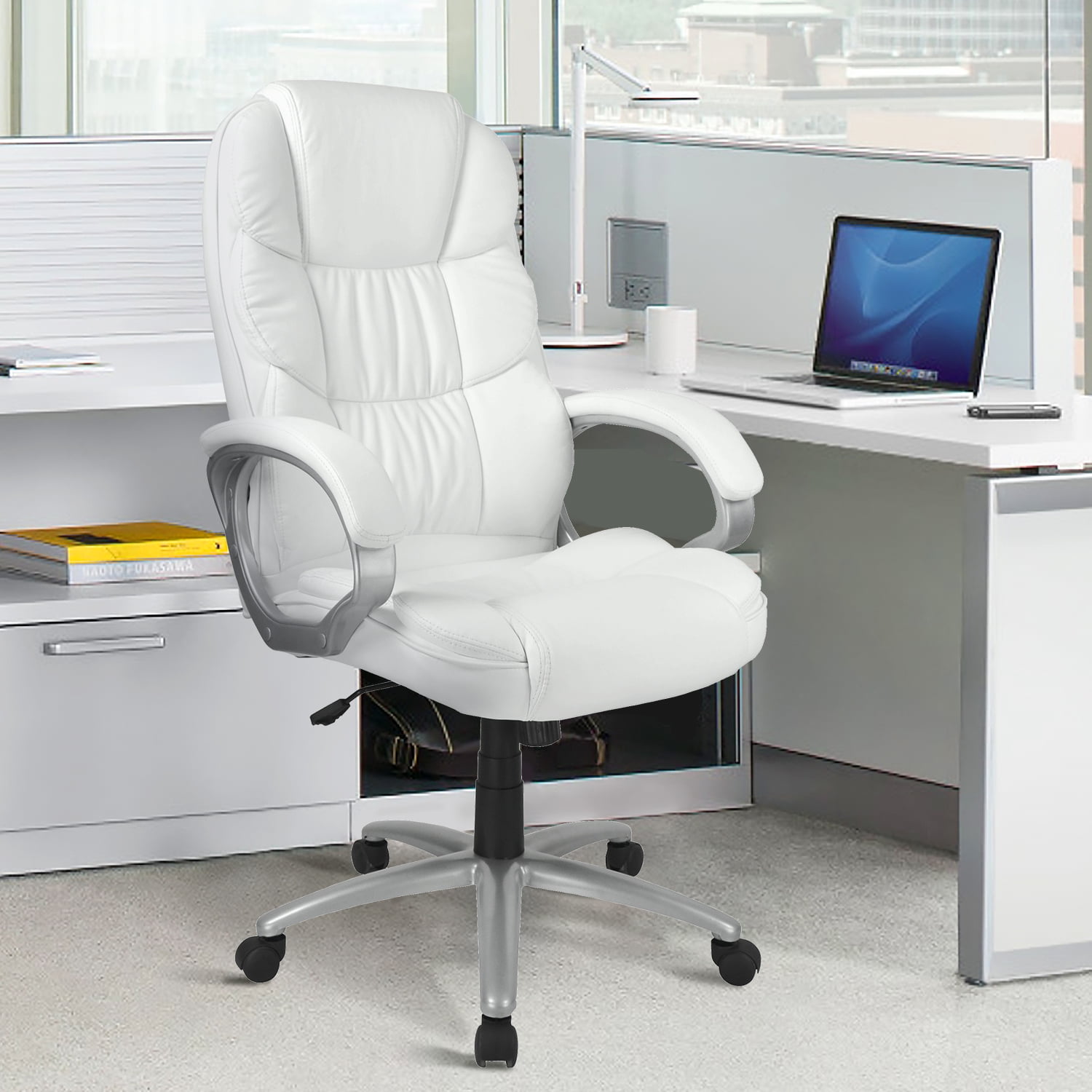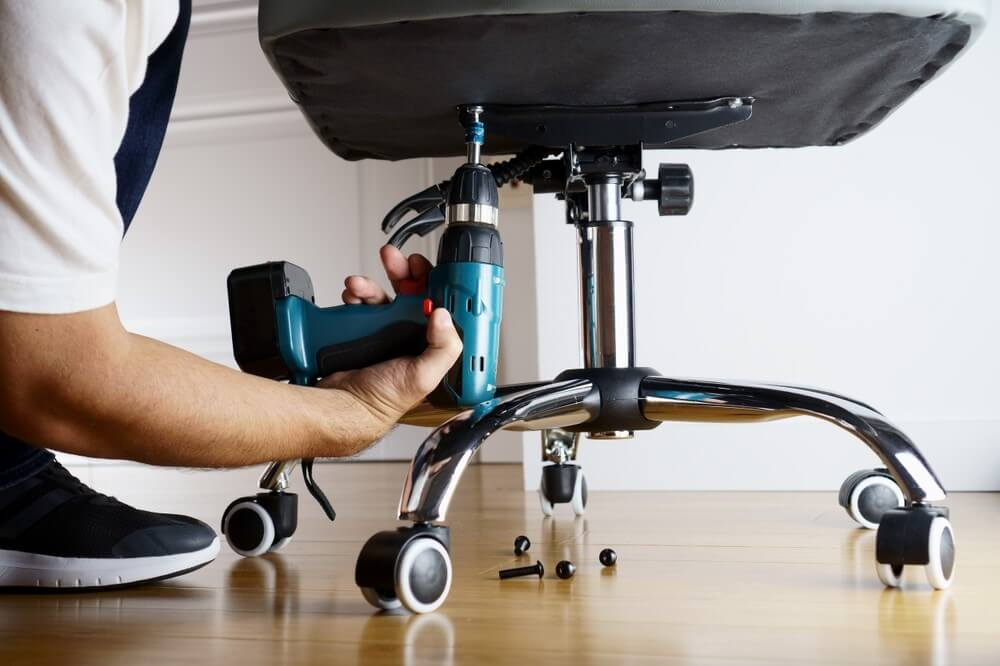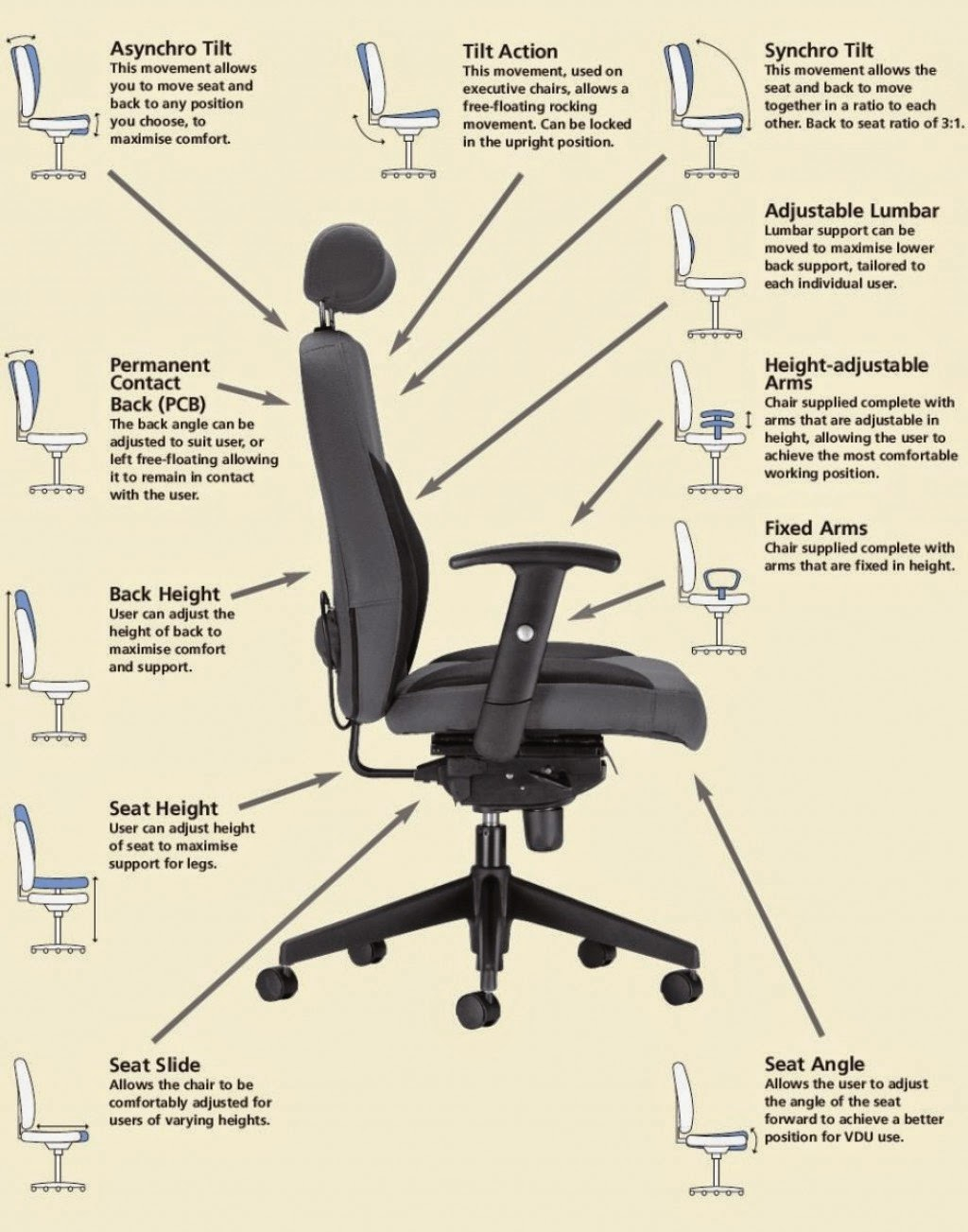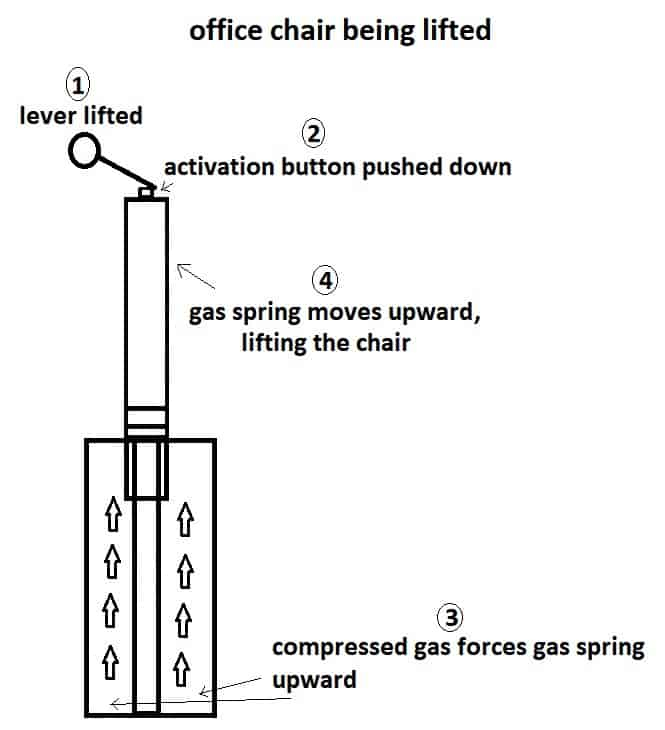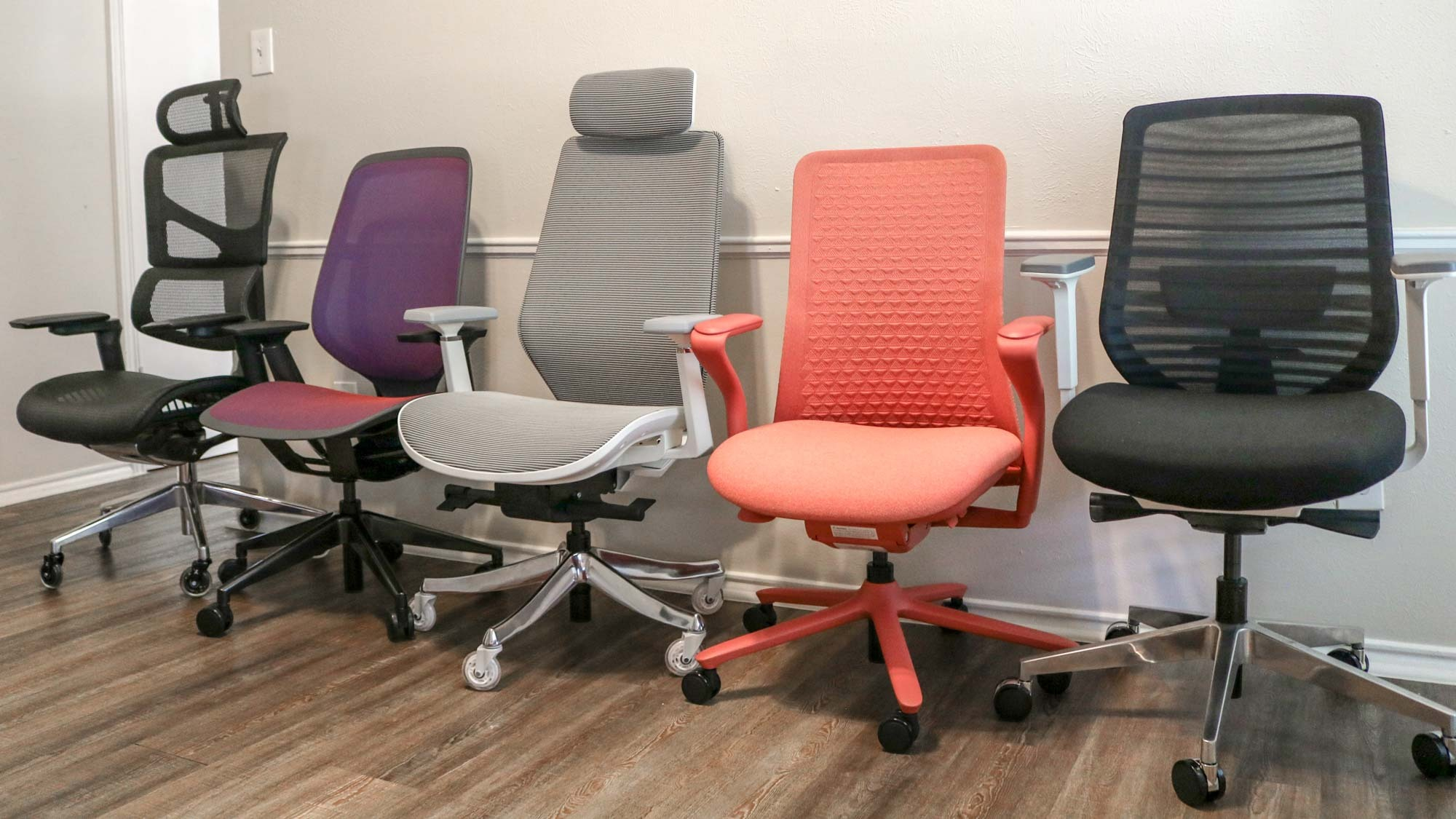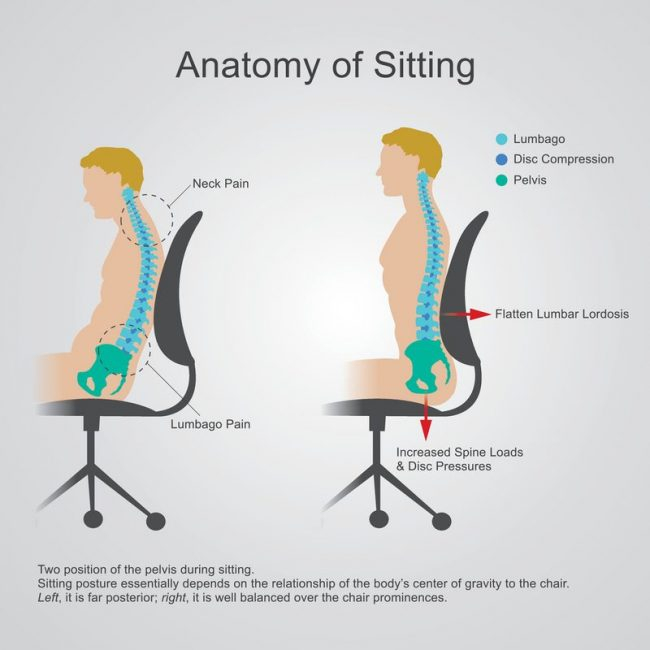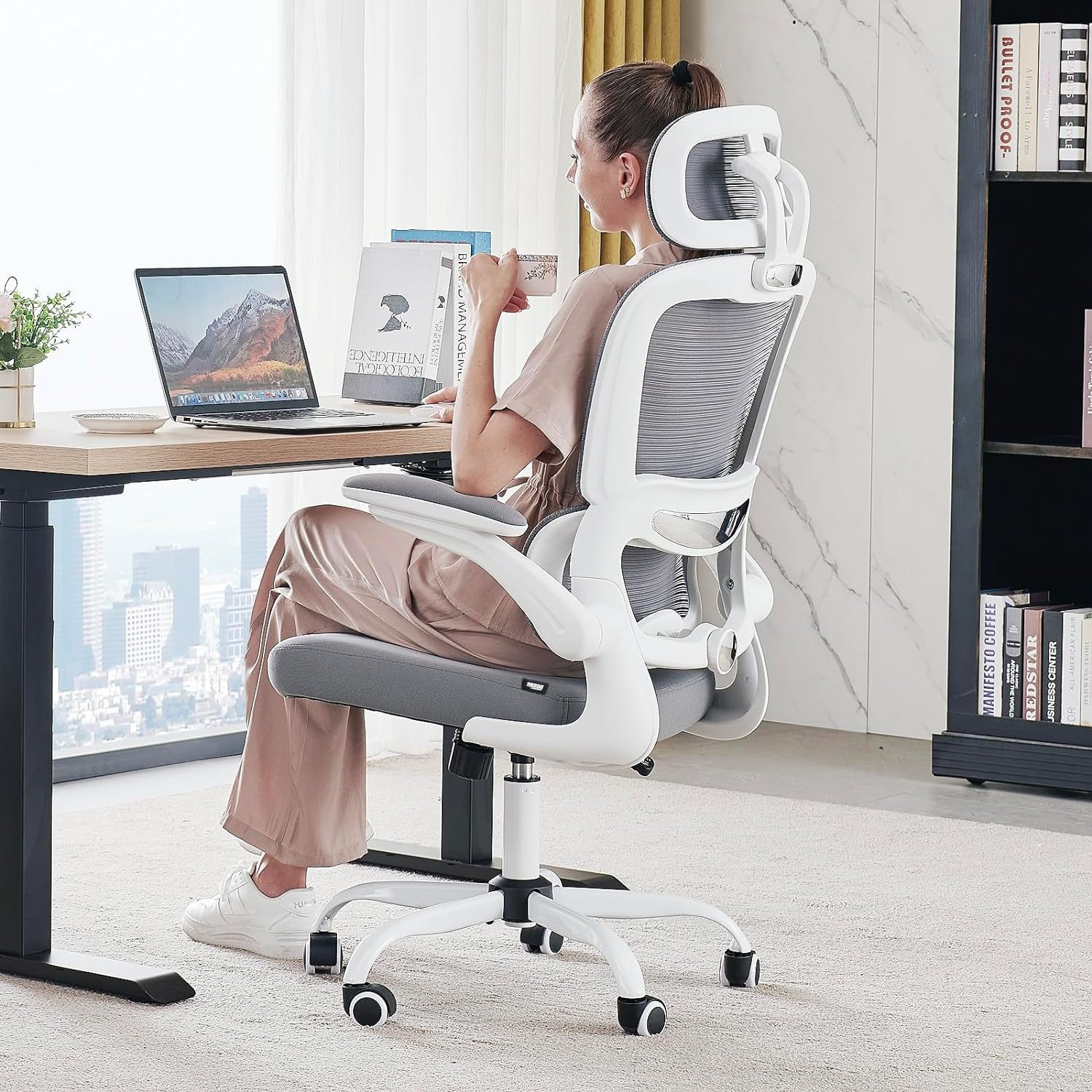Let’s face it, most of us spend a significant chunk of our lives parked in an office chair. Whether you’re working from home or in a traditional office setting, comfort and support aren’t just luxuries; they’re essential for productivity and long-term well-being. But the thought of buying an ‘ergonomic’ chair often conjures images of hefty price tags. Fear not! It is entirely possible to snag a fantastic ergonomic office chair that cradles your body and supports your spine, all while keeping your wallet happy. This guide is here to help you navigate the world of budget-friendly ergonomic seating, turning you into a truly smart shopper.
You’ve probably heard the term ‘ergonomic’ thrown around a lot, right? It basically means designed for efficiency and comfort in the working environment. When it comes to office chairs, an ergonomic design focuses on supporting your body’s natural posture. Think proper lumbar support, adjustable armrests, and a seat that allows your feet to rest flat on the floor. Why is this so crucial? Because a poorly designed chair can lead to a cascade of discomfort: aching backs, stiff necks, and even more serious issues down the line. Investing in even a budget-friendly ergonomic chair is an investment in your health and your ability to focus on what truly matters – getting your work done. It’s about making your workspace work for you, not against you.
Decoding ‘Ergonomic’ on a Budget: What to Look For
So, what are the must-have features when you’re hunting for an ergonomic chair under $200? It’s all about prioritizing. You might not get every single bell and whistle of a chair costing ten times as much, but you can absolutely find chairs that deliver on the core principles of good posture and comfort.
Here’s a breakdown of the key elements to scout for:
- Lumbar Support: This is non-negotiable. Look for a chair with built-in lower back support that curves to match the natural S-shape of your spine. Some chairs have adjustable lumbar support, which is even better, allowing you to dial in the perfect amount of pressure. If it’s not adjustable, ensure the fixed support hits your lower back comfortably.
- Adjustable Seat Height: Essential for ensuring your feet are flat on the floor and your knees are at roughly a 90-degree angle. This promotes good circulation and reduces pressure on your thighs.
- Armrest Adjustability: While not always a given in the sub-$200 range, adjustable armrests (height and sometimes width) are a huge plus. They help relieve strain on your shoulders and neck. If you can’t find adjustable ones, ensure the fixed armrests are at a height that allows your shoulders to remain relaxed.
- Seat Depth and Tilt: A seat that’s too deep can cut off circulation behind your knees, and one that’s too shallow won’t support your thighs. Ideally, you want about a fist’s width between the edge of the seat and the back of your knees. A tilt mechanism, allowing the seat and backrest to recline together, can also offer welcome relief during longer work sessions.
- Breathable Material: Mesh backs and seats are fantastic for airflow, especially if you tend to get warm. Fabric is also a good option, but avoid vinyl or pleather if you want to stay cool and comfortable throughout the day. It can make a big difference.
Navigating the Market: Where to Find Your Gem
The good news is that many retailers offer excellent options in this price bracket. You don’t need to stick to just one or two stores. Think broadly and be prepared to do a little digging.
Online marketplaces like Amazon, Wayfair, and Overstock are treasure troves for budget-friendly office furniture. They often have extensive filtering options, allowing you to sort by price and features. Reading customer reviews is absolutely vital here. Pay attention to comments about comfort, durability, and ease of assembly.
Don’t discount big-box retailers like Walmart or Target, either. They often carry their own brands or have partnerships with manufacturers that produce affordable, decent quality office chairs. Sometimes, a quick trip to a physical store can let you test a chair’s comfort firsthand, which is always a bonus. Keep an eye out for sales and clearance events – you might snag an even better deal. Remember, patience is a virtue when bargain hunting!
The Power of Reviews: Learning from Other Shoppers
When you’re shopping online, especially for something as personal as a chair, reviews are your best friends. They offer real-world insights from people who have actually used the product. But how do you sift through them effectively?
Look for reviews that are detailed and specific. Does someone mention experiencing back pain relief? Did they find assembly straightforward? How has the chair held up after a few months of use? Conversely, be wary of overly generic positive or negative reviews. A pattern of complaints about a specific issue, like a wobbly base or a seat that flattens too quickly, is a red flag.
Consider the reviewer’s body type and typical usage. If a chair works well for someone of a similar build and who uses their chair for 8 hours a day, it’s more likely to work for you. Filter reviews by ‘most helpful’ or look for those with photos or videos. This extra effort can save you from a disappointing purchase and steer you toward a chair that truly delivers on its promise of comfort and support.
Assembly and Durability: What to Expect
Chairs in this price range often require some assembly. Most come with clear instructions and the necessary tools (usually an Allen wrench). If you’re not particularly handy, enlist a friend or family member, or set aside some extra time. It’s usually a one-time task, and a well-assembled chair is a stable and supportive chair.
When it comes to durability, set realistic expectations. A chair under $200 might not last a decade of heavy use, but it can certainly provide comfortable support for several years if you choose wisely and take care of it. Look for chairs with sturdy bases (five-star bases are standard and good), and check the weight capacity. If a chair feels flimsy during assembly or after, it’s probably not built to last. Proper care, like regular cleaning and avoiding overloading it, can also extend its lifespan. It’s about finding that sweet spot between affordability and reasonable longevity.
Common Pitfalls to Avoid
Even with a budget, it’s easy to make a misstep. Knowing what to watch out for can save you time and frustration.
- Ignoring Lumbar Support: As mentioned, this is critical. Don’t get swayed by flashy designs if the chair offers no real support for your lower back. Your spine will pay the price.
- Chairs That Are Too Small or Too Large: Make sure the chair’s dimensions suit your body. If you’re particularly tall or short, pay close attention to seat height and backrest height. A chair that’s too small will feel cramped, and one that’s too large might not offer proper support.
- Over-Reliance on Aesthetics: A chair can look sleek and modern, but if it’s uncomfortable and unsupportive, it’s just a pretty piece of furniture. Prioritize function over form, especially when you’re on a budget.
- Buying Without Research: Don’t just grab the first chair you see. Take the time to read reviews, compare features, and understand what you’re getting for your money. Smart shopping is informed shopping.
Making the Most of Your Purchase: Tips for Longevity and Comfort
Once you’ve found your perfect budget-friendly ergonomic chair, a few simple practices can ensure you get the most out of it and maintain your comfort.
- Adjust It Properly: Take a few minutes to adjust the seat height, armrests (if applicable), and tilt. Experiment until you find a position that feels natural and supportive for your body. Don’t just set it and forget it.
- Maintain Good Posture: The chair is a tool to help you, but it can’t do all the work. Be mindful of your posture throughout the day. Sit up straight, keep your feet flat, and avoid slouching.
- Take Breaks: Even the best chair can’t compensate for sitting still for too long. Get up, stretch, and move around every 30-60 minutes. This improves circulation and reduces stiffness.
- Keep it Clean: Regularly vacuum the upholstery and wipe down any plastic or metal components. A clean chair is a more pleasant chair to use and can help materials last longer.
- Listen to Your Body: If something starts to feel uncomfortable, reassess your chair’s setup or consider if it’s still the right fit for you. Sometimes, minor adjustments can make a big difference.
Finding a quality ergonomic office chair for under $200 is absolutely achievable with a bit of knowledge and smart shopping. By focusing on essential features like lumbar support and adjustability, doing your research, and learning from the experiences of others, you can secure a chair that significantly enhances your comfort and productivity. Remember, investing in your workspace is an investment in yourself. Don’t let a tight budget deter you from prioritizing your well-being. Happy sitting, and happy working!

